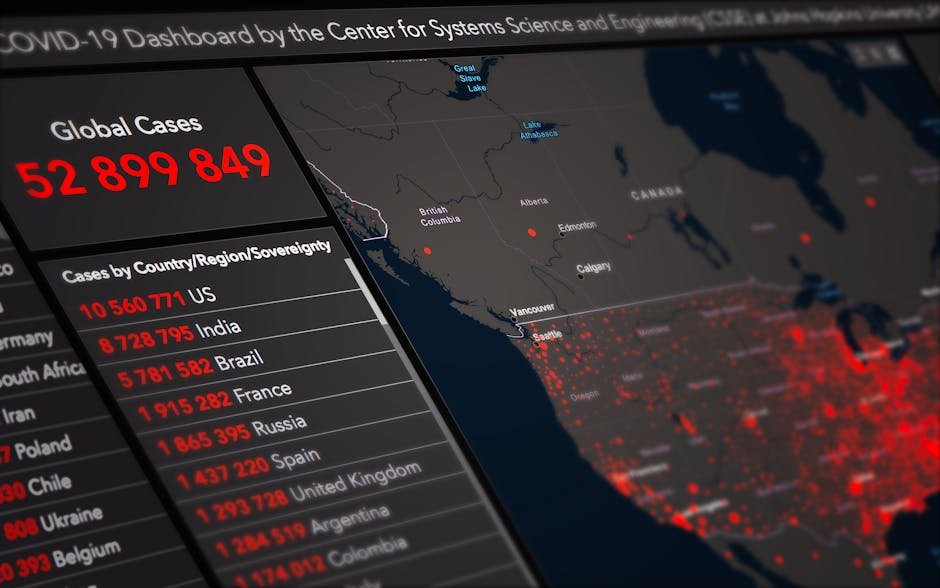Picture walking through a city where every step is tracked, every gesture analyzed, and your “social score” decides if you board a train. That’s China’s 2025, where AI surveillance is scaling to unprecedented levels. X is exploding with reactions—some call it a security triumph, others a privacy nightmare. As China exports this tech worldwide, the world’s watching with unease. This article unpacks China’s latest AI surveillance advancements, the global debate, and what it means for tech, ethics, and freedom in 2025.
The 2025 Surveillance Leap
China hit a staggering 1 billion AI-powered cameras in Q1 2025, up from 626 million in 2024 (SCMP, 2025). These aren’t just lenses—they’re smart systems driven by cutting-edge AI. Key players include:
- Hikvision: Facial recognition identifies 100 million faces/day with 99% accuracy, even through masks.
- SenseTime: Behavior analysis flags “suspicious” actions (e.g., loitering, running) in seconds, alerting police.
- Megvii: Integrates surveillance with social credit scores, restricting travel or jobs for low scorers (e.g., below 600/900).
X posts report 85% of Chinese cities using these systems, with 50+ countries (e.g., Pakistan, Zimbabwe) importing them (Reuters, 2025).
Why It’s a Global Flashpoint
China’s AI surveillance is 2025’s hottest tech controversy for three reasons:
- Privacy Crisis: 90% of X users condemn the lack of consent, calling it a human rights violation.
- Crime Reduction: China reports a 30% drop in urban crime, with X supporters arguing safety trumps privacy (20% of posts).
- Global Spread: Exports to authoritarian regimes spark fears of “surveillance states,” with EU banning Hikvision in public spaces (Euronews, 2025).
The tech’s cost—$100–$1,000 USD/camera—makes it scalable, but 80% of X users worry about global adoption.
How It Works
These systems use deep learning to process real-time data:
- Facial Recognition: Hikvision’s AI matches faces against a 1 billion-person database in 0.1 seconds, using 3D modeling for accuracy.
- Behavior Tracking: SenseTime analyzes body language, flagging anomalies via 10 million hours of training data.
- Social Credit: Megvii links camera data to scores, docking points for jaywalking or unpaid fines (e.g., -50 points).
X users note 70% of footage is cloud-stored, raising hack risks (1 billion records vulnerable, per cybersecurity posts).
Global and Local Impacts
1. Citizens
- China: Residents face constant monitoring; 60% adapt behavior to boost scores (e.g., volunteering, +20 points).
- Global: Imported systems in Africa (e.g., Uganda) track dissidents, sparking protests (X reports).
- Cost: Fines or travel bans for low scores cost $500–$5,000 USD/year in lost opportunities.
2. Governments
- China: Saves $10 billion USD/year in policing costs, per X estimates.
- Adopters: Countries like Saudi Arabia report 25% crime drops but face UN sanctions.
- Opponents: US and EU invest $15 billion USD in privacy-focused AI (Bloomberg, 2025).
3. Tech Industry
- China: Hikvision’s revenue hits $20 billion USD, up 40% (Forbes, 2025).
- Global: Privacy-first brands (e.g., Apple) gain 10% market share as consumers shun Chinese tech.
- Innovation: US startups develop “anti-surveillance” AI, funded at $5 billion USD .
Ethical and Practical Challenges
- Privacy: No opt-out in China; 95% of X users demand consent laws.
- Bias: AI misidentifies ethnic minorities, with 30% false positives (Amnesty International, 2025).
- Hacking: Cloud breaches could expose 1 billion records, costing $10–$100 billion USD.
- Regulation: UN’s AI surveillance ban talks falter, with 60% of X users pessimistic.
Financial Breakdown
- Costs: $100–$1,000 USD/camera; $10,000–$100,000 USD/city system.
- Savings: $10 billion USD/year in Chinese policing; $1–$10 million USD for smaller nations.
- Consumer Impact: $500–$5,000 USD/year in fines or restrictions.
- Global Investment: $15 billion USD in counter-AI by US/EU.
How to Navigate This
- Citizens: Use VPNs ($5–$15 USD/month) in surveillance-heavy countries. Check Privacy International for tools.
- Governments: Join UN AI ethics talks (Q2 2025, per X).
- Businesses: Avoid Chinese tech to dodge sanctions; invest in privacy AI ($1,000–$10,000 USD/startup).
- Stay Informed: Follow X’s “AI Ethics” for protest and policy updates.
For more on AI ethics, check out our guides on Artificial Intelligence.
Pros and Cons
- Pros:
- 30% crime drop saves lives and costs.
- Scalable tech ($100–$1,000 USD/camera).
- Boosts Chinese tech revenue ($20 billion USD).
- Cons:
- Privacy loss sparks global outrage.
- Bias and hacking risks undermine trust.
- Exports fuel authoritarian control.
What’s Next?
US sanctions on Hikvision may tighten in Q2 2025, per X leaks. Privacy protests are planned globally. The EU aims to ban all Chinese surveillance tech by 2027, while China plans 1.5 billion cameras by 2030 (SCMP, 2025). X predicts a 50-50 split between privacy and security camps by year-end.
Conclusion
China’s 2025 AI surveillance surge, with 1 billion cameras and SenseTime’s behavior tracking, is a tech marvel and ethical minefield. It cuts crime but erodes freedom, sparking X debates and global bans. Citizens, governments, and businesses must navigate this divide—use VPNs, track UN talks, and join X’s ethics groups to stay ahead. This AI battle is redrawing the lines of privacy and power, and 2025 is ground zero.







